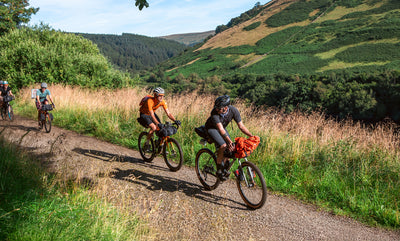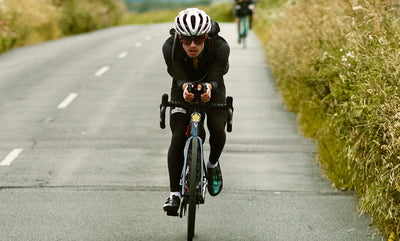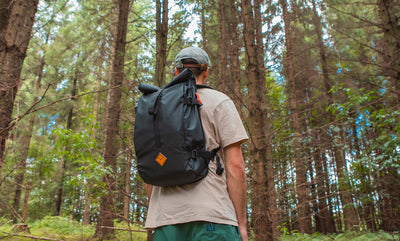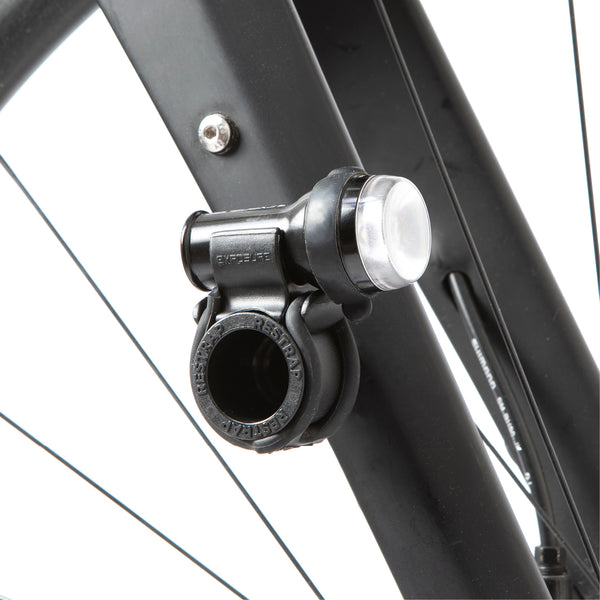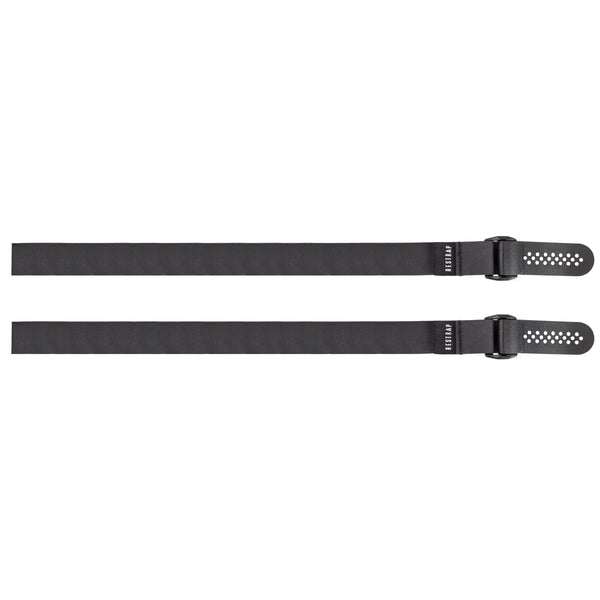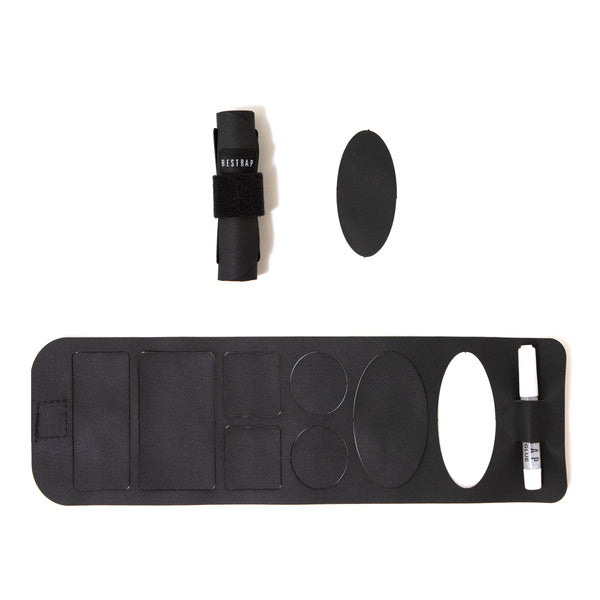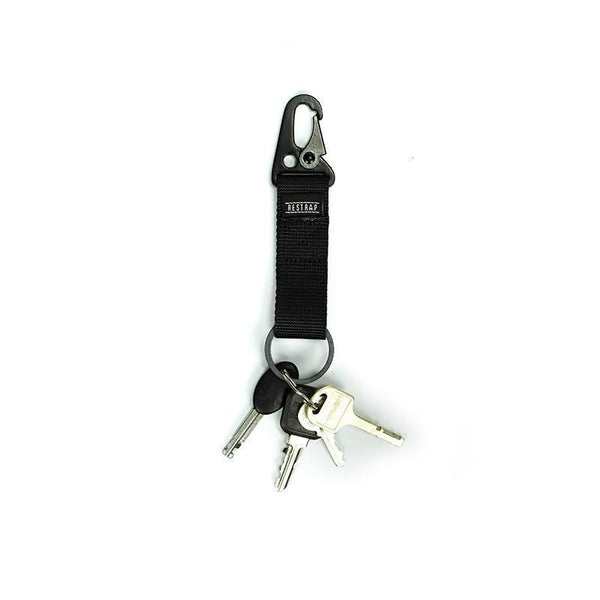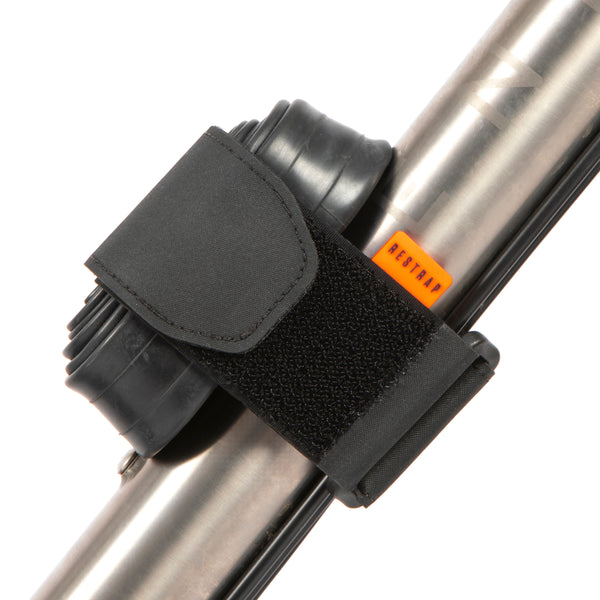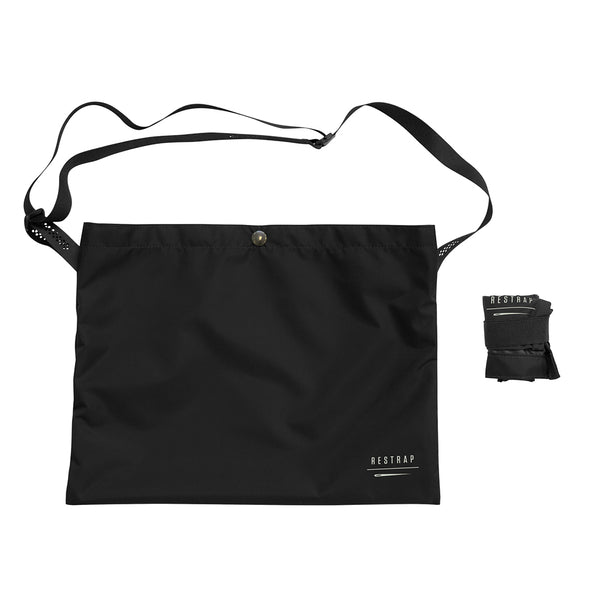Your cart is empty!
Coast to Coast


Challenges are often subjectively perceived. Some take pleasure in learning new skill sets, some in pushing their bodies past limits that they thought insurmountable. Last year, what I considered to be challenging altered inconceivably when I was the victim of a near-fatal hit and run whilst on the way to work and, at that moment, the goalposts moved irreversibly.
During my initial recovery, I had to be careful of over-exertion, largely due to brain surgery and a consequential partial loss of equilibrium, as well as not being able to put any weight on my (now heavily plated) wrist. For this reason, the road back has been long, fraught, and mentally and physically painful.
With my pre-incident condition weighing heavy on my mind during the hardest, darkest days immediately following discharge from hospital, I felt impelled to push myself beyond my previous longest single ride of around 182km; partially to achieve something relatively unique within cycling and partially not to be beaten by the crash.
This ride would take in 5 of the 47 prefectures in Japan, traverse the country from the Pacific Ocean to the Sea of Japan, and be comprised of over 350km of distance and over 2,000m of elevation gain (the goal being to complete it and be back in Tokyo in under 24 hours). Ultimately, one is faced with a beautifully simple set of options; withdraw before the start, start and scratch, or finish.
Having fastidiously planned and taken tips off of some other ultra-distance cyclists (thanks to Neil Phillips and Tim Pulleyn), at 20:30 on Saturday 12 November 2016, a group of 6 of us rolled out from Kasairinkaikoen (on the Eastern coast of Japan) with the goal of traversing the width of Japan to Naoetsu, Niigata (on the Western coast of Japan); 5 bound for Niigata and 1 committed to leading the group down the Arakawa safely and quickly.
The starting stretch of 90km or so ran down the Arakawa River, a familiar stretch of cycle road to the pack that took on a different nature during night riding with the occasional ‘road furniture’ requiring vigilance and good paceline etiquette. Due to the support of a rider who’d only join for the first part of the ride, we could push a relatively hard pace (albeit this had the effect of pushing my heart rate past what I’d imagined I’d be doing early in the ride). Unfortunately this is where we lost one from the ride due to a knee injury sustained on his way to the starting point. When you lose someone during a ride, an ensuing element of self-doubt is inevitable and our thoughts remained with throughout the remaining distance.
Almost on the stroke of midnight, we crossed to the Tonegawa River and stopped in a konbini, something which allowed us to travel a little lighter than if we were stowing all our food onboard. On crossing to this new river, the mood was electric, despite noticing an immediate drop in temperature down below 5°C and that we were now cycling into what was only a moderately strong, but entirely unwelcome, headwind.
With the cold and the required effort, apprehension and self-doubt about whether I could even complete the challenge crept in, but the camaraderie buoyed me through any issues arising relatively early on. There was no doubt in my mind that, far from this being a merely physical challenge, my mental state would be the deciding factor in completing or scratching.
Around 3am, in what I gathered would be the most psychologically arduous time (the 3am to 6am time slot where the body is ordinarily in deep sleep), we came off the river near Takasaki (Gunma prefecture) and hit the only major highway for a short period of time during which we were barraged by haulage vehicles, bright lights, exhaust fumes and narrow misses. The night had been long, the sleep deprivation and exertion formidable.
With this short run being dispatched nervously yet hastily, we passed Lake Usui, dealt with some minor elevation and entered the first major climb of the ride, Nakasendō, an area within which some roads had been created during the 8th century and used into the early Edo period and beyond. This long climb was only disturbed by the occasional sounds of the abundant wildlife in the area and, later on in the climb, the sound of ostentatious drift cars sliding obliquely around the switchbacks as we passed them, grinding up the ascent in the opposite direction.

As dark turned to light with the sunrise, we approached Usui Pass and the top of the climb, topping out just over 1,000m above sea level. The sighting of sunrise marked a prodigious moment in the ride, the first part of the entire ride in which we could proceed unaided by our lighting, together with the first moment at which the awe-inspiring Kōyo (changing of the autumn leaves) revealed itself in all of its coruscating glory (it was also at this moment that we discovered one of the animals causing noise on the climb, a Japanese wild boar shuffling hurriedly in the foliage).


Despite our elation at having reached the top of the climb, the temperature was down lower than we had anticipated, a numbing -4°C with the wind chill reducing it to less than that, thereby leading to a convulsing rethink and change in clothing and strategy before we could descend into Karuizawa (Nagano prefecture). This in itself marked another challenge of distance cycling in this season, temperature range (in all, we would experience a range of -4°C to 20°C during the ride).
The descent will stand out as the moment that, regardless of being as prepared as I could be for the cold, I was the coldest I have ever been on a bike. We were chilled to the bone whilst descending potholed, freight-destroyed roads, all whilst seemingly not losing elevation; our hands and toes bearing the brunt of the bitterly cold gusts. As the sunlight began to warm our frigid bones we ducked into a konbini in order to not only put away some breakfast, but to further defrost ourselves using hot canned coffee.
Already well over 200km into the ride, we continued through the cold of Nagano prefecture and into the warmth that a drop in elevation and the start of our time on the Chikumagawa River brought us. The aspect facing us changed to rolling mountains, a gamut of fiery autumn colours, the sun on our backs and the Japanese Northern Alps lurching behind us.

Whilst we were thankful to be surrounded by such stunning panoramas, the cycle paths were largely of bad quality and shook through our now suffering and sleep deprived bodies; the tendons in my wrist, due to pressure and the rubbing of tendons against plates, were now causing shooting pains to travel up my body at every shudder. We were all starting to look and feel somewhat drawn but, despite this, we maintained the feat of not falling out once.

Moving past Iiyama and almost into Niigata prefecture, the end was almost in sight, albeit the KMs seemingly weren’t tumbling and I definitely became guilty of ‘Garmin watching’. A relatively modest 4km climb around Iiyama brought with it a sense of closure that this was the last of any climbing and that, from the top of the climb, the last 40-50km would be largely downhill or flat.
Descending into Niigata prefecture, through Myoko and down the Sekigawa River to our final destination, Naoetsu and the Sea of Japan, we were faced with only a mild headwind. As we stared out from the downtrodden coastal town, the blue expanse that lay in front of us signalled the end of what was, for all of us, the longest single ride we had ever embarked on.

Cutting back from the coast on the final 12km to Joetsumyoko station, where we would board the bullet train (‘Shinkansen’) back to Tokyo, we held a quiet regard for what had preceded in the past 17 or so hours. Having packed our bikes into ‘rinko’ bags (bike bags required in Japan for taking bikes on public transport), we attempted to chip into the calorie deficit (partially at least) by, to all intents and purposes, inhaling some food and drink before moving onto the Shinkansen and thundering back to the capital.
The feeling of elation on arriving home, the come down from that elation and the descent into chasmic fatigue, nourishing myself on home cooked food, and the sinking into a deep sleep all added a full stop to what was a truly unforgettable navigating of the entire width of Japan.
Track Dom's journey on Strava HERE
Catch up with Dom's adventures @xdom_sx
Want to be featured in our blog? Contact press@restrap.co.uk














